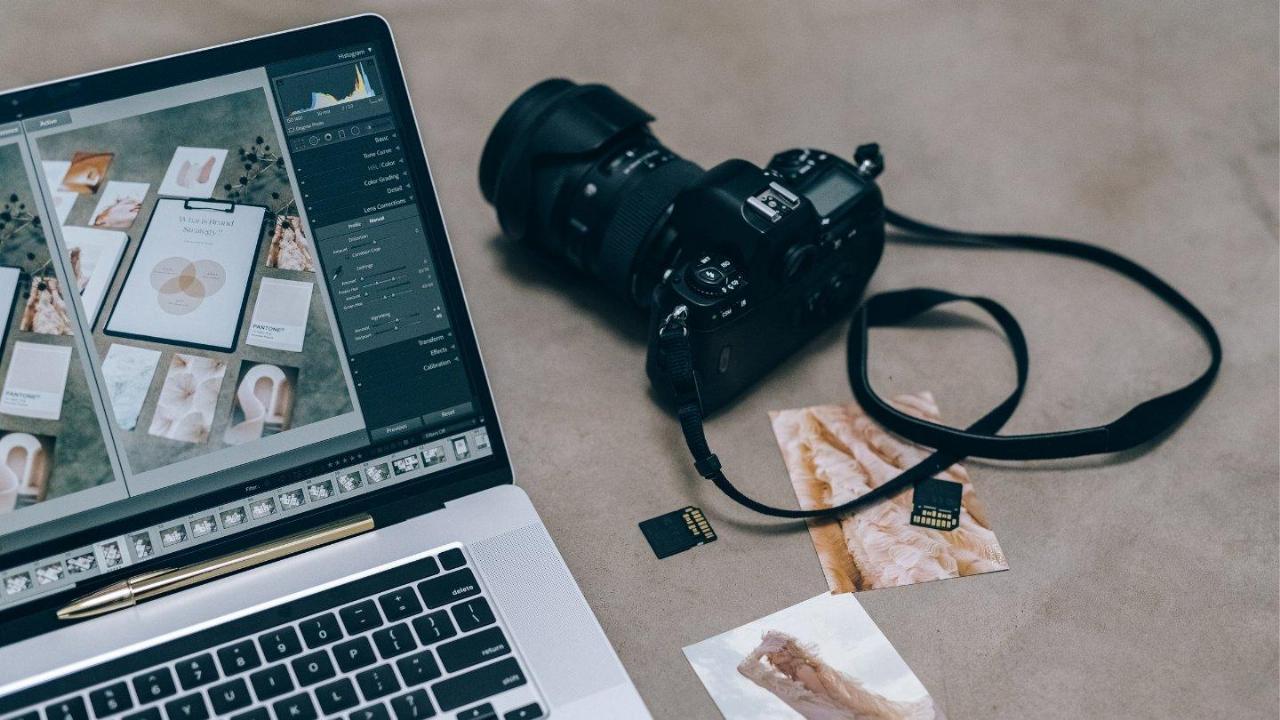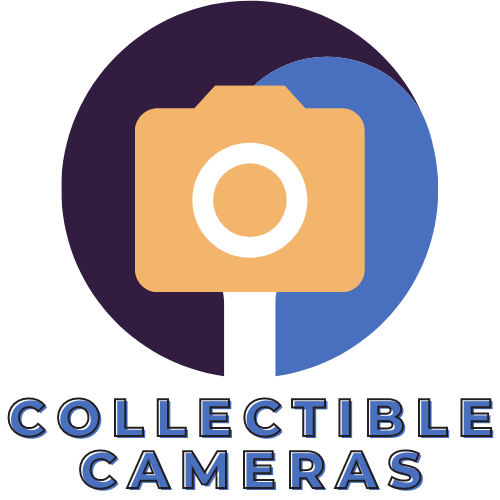Choosing the right camera can feel overwhelming, especially with so many models on the market. Whether you’re a beginner or upgrading your kit, knowing what to look for makes a big difference. The best camera is the one that fits your goals, style and budget.
Understanding Camera Types and Features
Before comparing models, it’s important to understand the main types of cameras available. Each category serves a different user profile, from casual shooters to professionals. Knowing your own needs will narrow the field significantly.
DSLR, Mirrorless and Compact Options
DSLRs are known for their reliability, battery life and broad lens compatibility. Mirrorless cameras offer lighter bodies and more advanced tech in a compact form. Compact cameras, while more limited, are great for portability and ease of use. Beginners might prefer simple menus and built-in presets, while advanced users will want manual controls and larger sensors. Platforms like Dom Com often explain these differences clearly, helping users decide with real-world examples and technical comparisons.
Key Specs That Matter
Sensor size, megapixel count and ISO range are core specs to consider. A larger sensor often means better low-light performance and depth of field. High megapixel counts are useful for detailed editing or large prints, but not essential for everyday use. Fast autofocus and frame rate matter for sports or wildlife photography. Consider also screen type, battery life and video capabilities—especially if you plan to shoot content as well as stills.
Matching Gear to Your Shooting Style
The best camera is not necessarily the most expensive—it’s the one that suits your habits and priorities. Thinking about how and where you shoot will guide your purchase.

Travel and Everyday Use
For travel, weight and size matter. A compact mirrorless camera with interchangeable lenses strikes a good balance between quality and convenience. Look for weather-sealed models if you’re often outdoors. Built-in Wi-Fi or Bluetooth allows for quick sharing on the go, which is ideal for travel blogs or social media updates. A versatile zoom lens can reduce the need to carry multiple options.
Portraits, Nature or Events
Different genres call for different features. Portrait photographers benefit from cameras with excellent autofocus and the ability to blur backgrounds. Nature and wildlife shooters often need fast shutters and long focal lengths. Event photographers may prioritise low-light performance and dual memory slots for safety. Matching the camera to your subject type ensures better results with less compromise.
How to Choose the Best Camera for Your Photography Needs
Once you’ve identified your needs and preferences, the final step is to weigh budget and brand options. There’s no single right answer—but there is a best choice for you.
Set a Budget and Stick to It
Camera bodies vary widely in price, and that’s before adding lenses or accessories. Decide what features are essential and which ones can wait. Sometimes an older model offers everything you need at a reduced price. Entry-level kits often include a starter lens, which can be useful until you’re ready to expand.
Try Before You Buy
Where possible, test the camera in person. Check the grip, menu layout and ease of use. Some brands suit certain users better in terms of ergonomics or menu design. Renting gear or visiting photography events can also give you hands-on experience without full commitment. This ensures that your final choice is not only functional but also enjoyable to use.
Choosing a camera is a personal process. With the right balance of features and usability, your gear will help you grow as a photographer and capture the moments that matter.
